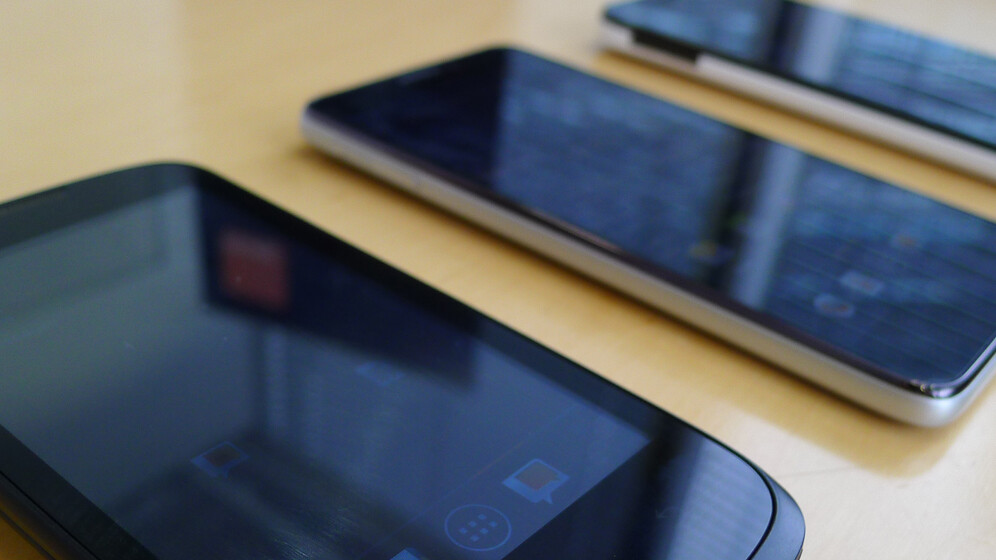
Mobile network operator Orange has unveiled three new Android smartphones today called the Orange Nivo, Orange San Remo and Orange Lumo, which will be launched in Romania, Slovakia and Spain during the first half of this year.
It follows a 62 percent increase in the sales of Orange-branded smartphones across Europe from 2011 to 2012. To get an idea of how important these devices are for the company – sales of its self-branded mobile phones rose by 77 percent within Orange’s own European market share over the same period.
Orange Lumo
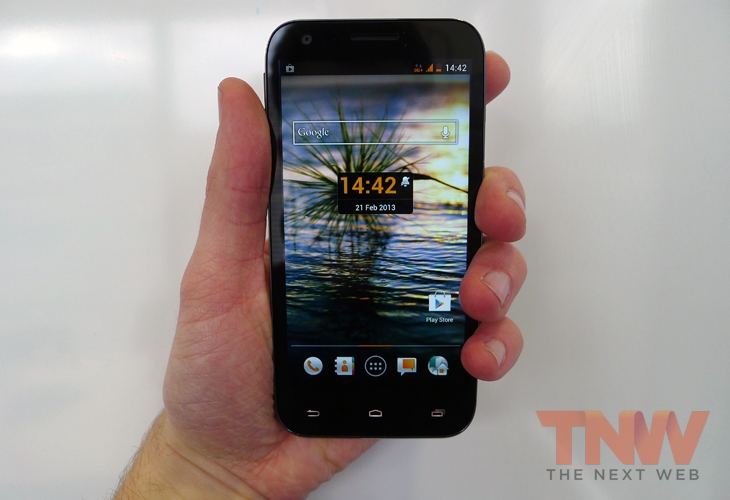
The Lumo is arguably the most powerful of the trio, supporting LTE straight out of the box (a first for Orange) and a 1.2Ghz dual-core Qualcomm MSM8930 processor.
Running Android 4.1 (Jelly Bean), it has a 4.5-inch display with a resolution of 960×540, as well as a 2100mAh battery that should last 17 days on standby and 22 hours on a 3G voice call.
The Lumo is also equipped with a respectable 8 megapixel camera on the back in addition to a 1.3 megapixel shooter on the front. On the video side, it shoots at the now standard full HD 1080p resolution at 30 frames per second.
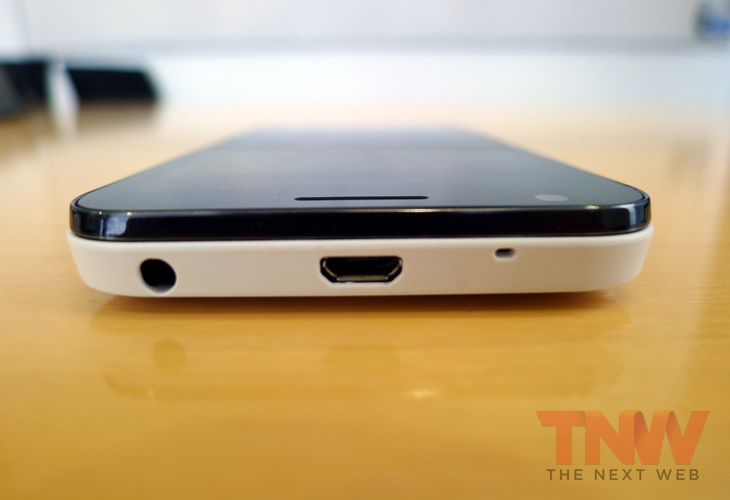
The new 4G ready smartphone has a good build quality and looks fairly attractive with its contrasting black and white color scheme. The device is pretty thick though – noticeably thick actually in the hand – due to what an Orange spokesperson described as all of the “LTE-ness” packed into the hardware. We’ll let you work out what that really means.
For storage it has 4GB of onboard memory, albeit with the option of expanding it through a Micro SD card slot.
Orange San Remo
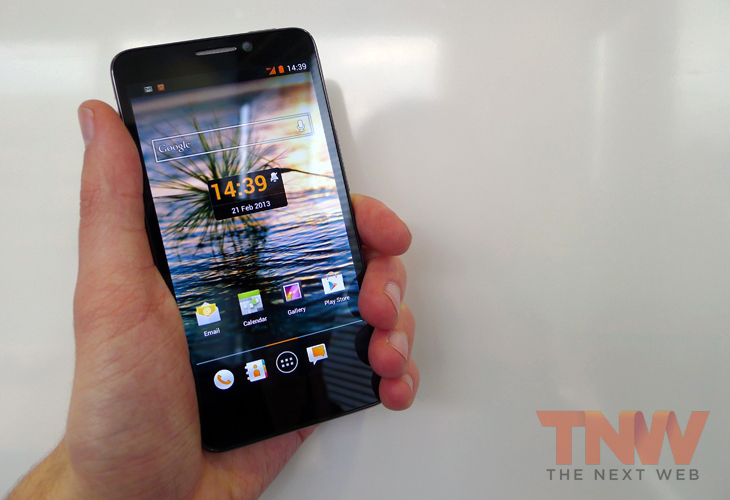
The San Remo, meanwhile, has been designed almost specifically to cater for the growing popularity in large smartphone displays. It offers a 4.7-inch LCD screen, with a 400×800 resolution capable of producing 16 million colors.
The device also runs Android 4.1, but is powered by a 1Ghz dual-core Mediatek MT6577 processor instead. The San Remo doesn’t support LTE connectivity either, and has a slightly less impressive 1800mAh battery capable of lasting 16.5 days on standby.
It’s noticeably thinner and lighter than the Lumo, opting for a sort of faux-metal on the back of the device. As with its LTE brethren, the Sam Remo looks good but not great, reflecting the much lower price point that Orange was aiming for with these devices. It also has the same 4GB of onboard memory, expandable via a Micro SD card slot.
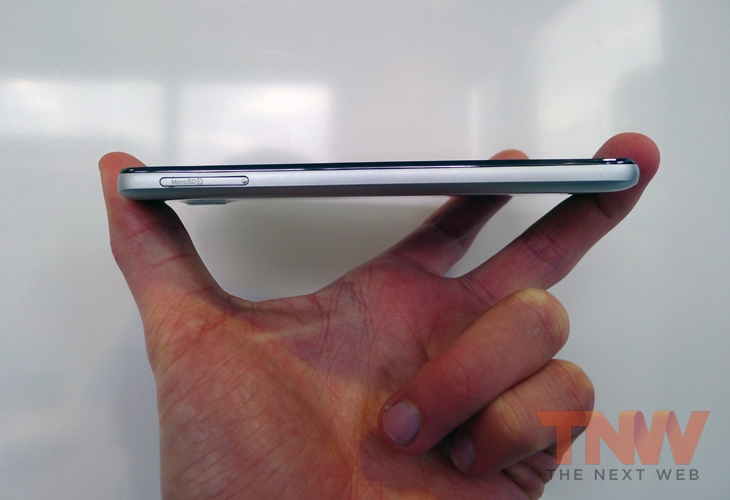
Orange’s new smartphone has an 8 megapixel camera on the back and a 2 megapixel companion on the front, offering video capture at the more modest 720p at 30 frames per second.
Orange Nivo
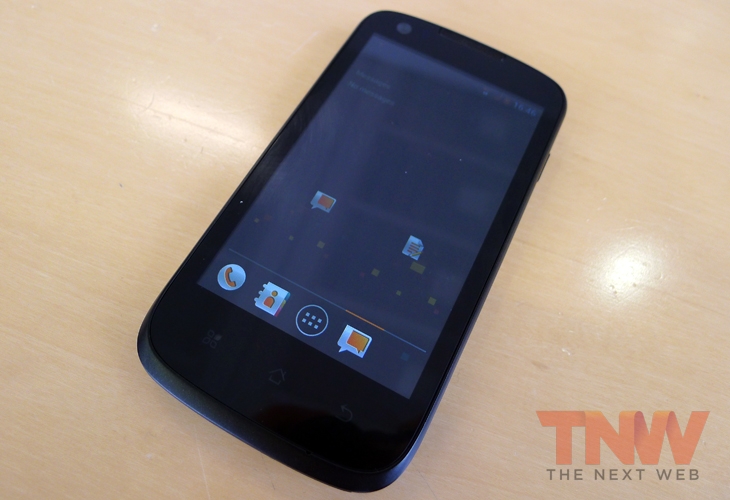
The Nivo is Orange’s new entry-level offering, although it still uses Android 4.1 alongside a 1Ghz dual-core Qualcomm MSM8255 processor. The four-inch screen, which is a display size still prominent in lower-end devices but has become rarer in recent years, offers a 480×800 resolution in a much smaller body.
It looks and feels very much like the HTC Desire S, what with a slightly matte black finish and curved edges that accentuate towards the bottom of the device.
The Nivo has a 5 megapixel camera on the back and a restrictive 0.3 megapixel shooter on the front, again offering 720p video capture.
It also has a 1430mAh battery, lasting 5 days on standby, and 4GB of onboard memory which is expandable via a Micro SD card slot.
Availability
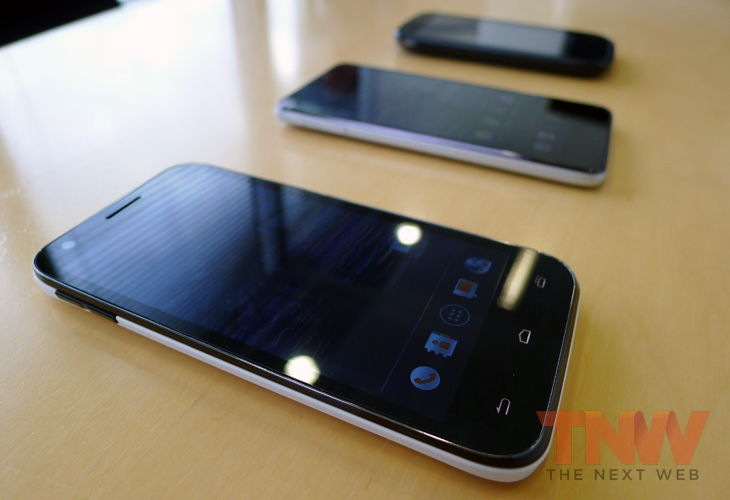
The three devices have been announced for Romania, Slovakia and Spain, although not all of them will get the entire set.
Patrick Remy, vice president of devices at Orange declined to comment further, but did reveal that they would be launched later in other countries around Europe. The pricing for these devices is also still unknown.
Get the TNW newsletter
Get the most important tech news in your inbox each week.




